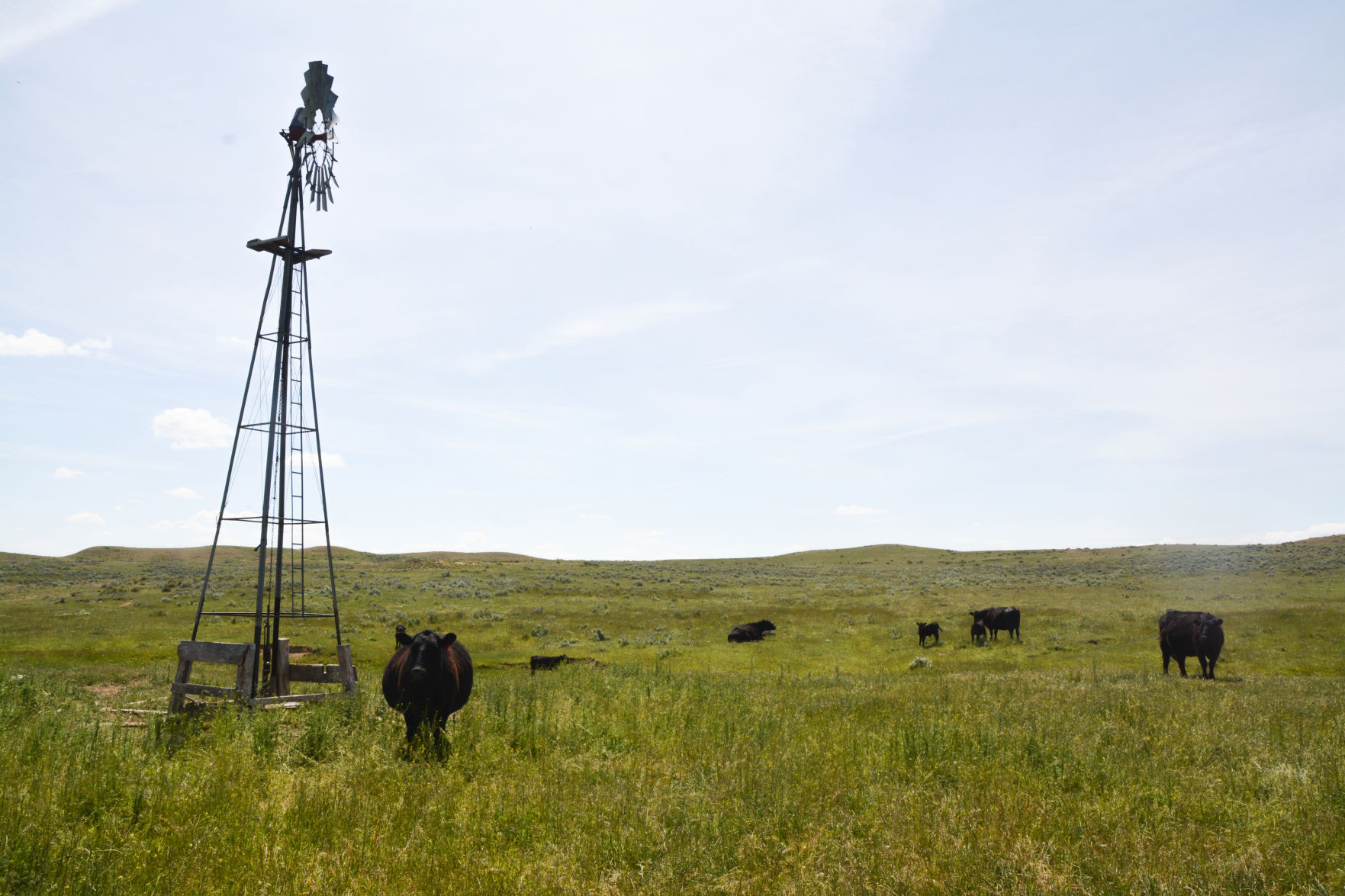One of the big challenges of livestock judging is explaining “balance” to a new evaluator. As we attend county fairs, state previews and junior nationals, we’ll hear the term used to describe cattle in nearly every class. After the judge remarks on the calf’s balance, they’ll follow up with a collection of terms that support their view of balance.
Ask anyone to explain balance; the wide range of answers you get shows why this is a tough concept for beginning livestock judges. I once heard it described as “when all things come together correctly.” You’d think a judge could simply justify a class winner by saying they are the nicest balanced, and then move on, but no, there are other roads to balance. It has also been described as “when visually divided in half, the animal is proportional on both ends.” Yet, in most steer shows you watch this summer, animals with this definition will likely not prevail, because a well-balanced steer has a chiseled front end with a square hip and thick quarter. You’re more likely to hear “wedge-shaped” than proportional.
Historically, we talk about performance data with little focus on phenotype. Wait, why the sudden change in topic? What’s performance got to do with balance? Well, a balanced phenotype discussion gives us a chance to highlight different management philosophies, breeding objectives and carcass value.
As a fan of quality, I reviewed a collection of data that incorporated Wagyu cattle into a terminal breeding program. Could it be a logical progression for those who want to take marbling to the next level? Not so much, because of net losses to the trade-off effect. The data illustrated that the most profit potential still comes from a balanced approach rather than chasing extremes.
Cow genetics in the report covered a range of breeding programs from straight Hereford cows in Australia to SimAngus and Angus cows in the American Midwest. Calf management ranged from 140-day weaned calf-feds to traditional, 7-month weaning with long yearling backgrounding periods and short, 100-day finishing. Across this variety of systems the results between Angus- and Wagyu-sired calves was relatively consistent. Angus-sired calves were heavier at weaning and faster gaining after that to finish quicker and produce heavier carcass weights. The Wagyu-sired calves produced carcasses with greater marbling.
Selection for extremes generally requires trade-offs. In this case, chasing extreme marbling resulted in longer feeding periods and lighter carcass weights because of reduced genetic growth potential. For those marketing at weaning or after backgrounding, the challenge is greater because the extreme benefit is not recognized while the reduced pre-weaning growth is fully realized. For any breeding plan and sire breed, a balanced approach helps avoid making trade-offs that are contrary to the long-term market.
If you want enhanced marbling with lighter carcass weights, remember that management can get there faster than genetics. This spring, for example, carcass weights declined as cattle feeders marketed earlier than usual; switching to a calf-fed system can also reduce carcass weights while enhancing quality. In both cases, the changes are quickly reversible by adjusting management. Genetic change takes longer to reverse and sometimes the trade-offs are more costly than the gain.
As we reflect on that balanced show steer and the economics of how it’s put together, remember each beef primal contributes differently because of value and weight. Comparing a steer that qualifies for the Certified Angus Beef brand versus one that simply grades USDA Choice, there was a $79 value difference favoring the brand through May. The loin contributed $30, the rib made up $18 and the chuck provided $15 in value, those three primals chipping in $63 of the $79 in value difference. The round added $9 in value to the CAB cutout while the plate, brisket and flank combined to make up the remaining $7.
When it comes to picking a class winner, that steer with the largest rear quarter may represent a negative trade-off, versus a more valuable one with more in the front end that “balances” up a bit better.

